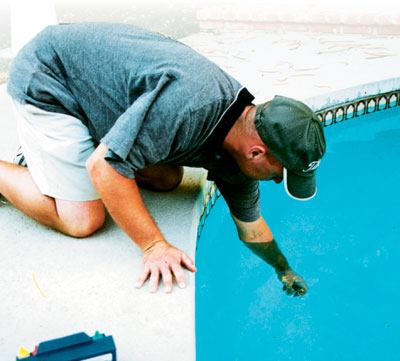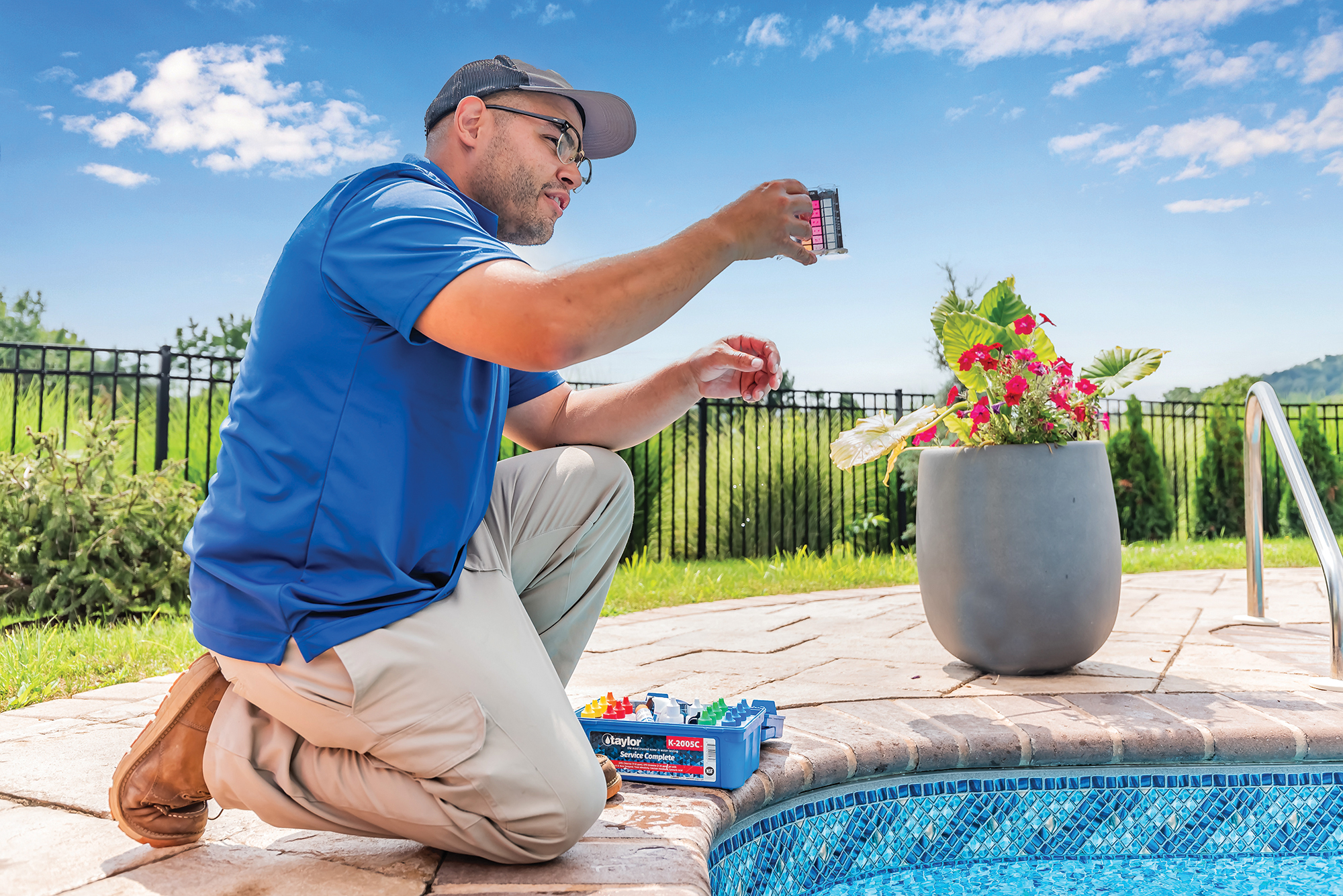The Independent Pool & Spa Service Association is preparing to respond to criticisms of its recent study on salt-chlorinated pools.
The study was performed by scientists at the National Pool Industry Research Center at California Polytechnic State University in San Luis Obispo.
According to IPSSA, the research demonstrated that pH levels in pools with salt chlorinators could not be maintained within an acceptable range with only once-a-week service visits and no automated chemical feeding. When the results were published in January, a number of service professionals voiced their objections to the conclusion.
Lance Sada, liaison between IPSSA and NPIRC, has explained that the organization is entirely willing to discuss critiques of the study. “People are bringing up valid points,” he said. “We’re open to investigating any and all solutions that are proposed.”
As the debate continues to grow, IPSSA is working to set up a Frequently Asked Questions section on its Website (www.ipssa.com). This section will include a page dedicated to each research protocol IPSSA designs, and members of the association will check in often to address criticisms, and factor new ideas into future research. Until this section of the Website is complete, Sada has asked that any comments or questions be directed to him at npircipssa@verizon.net.
Criticism of the study has centered on the water’s total alkalinity, which was outside IPSSA’s ideal range, and often crept up much higher. A failure to take total alkalinity into account allowed the pH to rise more than it would have otherwise, some respondents said.
“The IPSSA standard is essentially 80 to 100, with a base-type sanitizer, which is the category a salt chlorine generator would fall into,” said Kim Skinner, co-owner of Pool Chlor in Livermore, Calif. “As it gets up around 90 and 100, though, it becomes more difficult to maintain a balanced pH.”
Others agree.
“All this study really demonstrates is that if you fail to keep your total alkalinity in the proper range, your pH will drift,” said Bill Peck, owner of Peck Pool Services in San Diego. “That’s something a lot of service guys were claiming already.”
These concerns are valid, Sada noted, and will be considered as IPSSA develops future research protocols.
“We didn’t really take total alkalinity into account, and we should have,” he said. “For all our calculations, we were working from the IPSSA point of view and based our figures on IPSSA’s general alkalinity, pH and hardness recommendations. I admit we didn’t test any further than those.”
Still, as Sada has pointed out, the goal of any scientific research is to test a particular hypothesis with experiments, then conduct new experiments based on the results of the previous ones. Because this study was designed to test the feasibility of maintaining pH, other influential chemical factors may not have been taken into account. Sada considers this a starting point for further research.
“In future research, we may find that the alkalinity parameters we’ve set as our standards need to be adjusted,” he said. “At this point, though, we started off with IPSSA’s general recommendations.”
In future studies, IPSSA plans to explore a wide variety of chemical parameter ranges, and examine the cause-and-effect relationships among them, Sada said.
“Future research could potentially dictate a change in any of our parameters,” he said. “That’s why this was called the IPSSA Protocol No. 1 — and why we’re writing Protocol No. 2 right now.”



